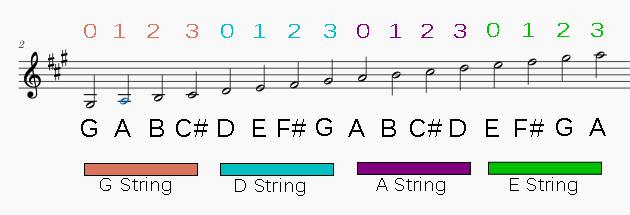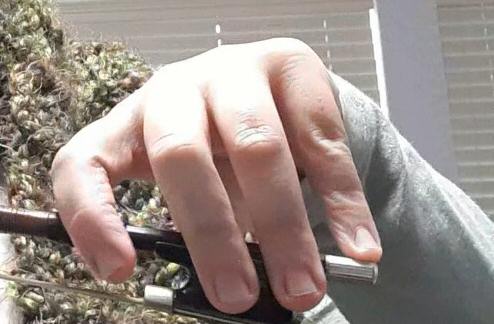Title: Mastering the Art of Violin Tuning: Essential Tips and Techniques
Tuning the violin is a fundamental skill that every violinist must master to produce beautiful, harmonious music. Proper tuning ensures that each string resonates at the correct pitch, allowing for precise intonation and a balanced sound. In this guide, we’ll explore the process of violin tuning, from basic techniques to troubleshooting tips for maintaining optimal tuning stability.
What to Do When Tuning the Violin: Tuning the violin involves adjusting the tension of each string to achieve the desired pitch. Here’s a step-by-step guide to tuning the violin:
- Prepare Your Tuning Device: Before you begin tuning, ensure that you have a reliable tuning device, such as an electronic tuner or tuning app, to assist you in accurately adjusting the pitch of each string.
- Start with the A String: Begin by tuning the A string, which is the second string from the left when holding the violin in playing position. Play the open A string and use your tuning device to adjust the tension until the pitch matches the designated A note.
- Tune the D String: Next, tune the D string, which is the third string from the left. Play the open D string and use your tuning device to adjust the tension until it matches the designated D note.
- Continue with the G and E Strings: Tune the G string, the fourth string from the left, followed by the E string, which is the rightmost string. Use your tuning device to adjust the tension of each string until they match the designated G and E notes, respectively.
- Check Your Tuning: Once you’ve tuned all four strings, double-check your tuning by playing open strings together or playing simple scales to ensure that each note is in tune relative to the others.
Tips for Troubleshooting Tuning Issues: Even with proper tuning techniques, violin strings may occasionally struggle to stay in tune due to factors such as temperature changes, humidity, or string age. Here are some tips for troubleshooting tuning issues:
- Stretch Your Strings: New strings or strings that haven’t been played in a while may need to be stretched to settle into their proper tension. Gently pull and stretch each string along its length to help it settle and hold its pitch more consistently.
- Use Peg Compound: Apply a small amount of peg compound to the pegs if they are slipping or sticking. Peg compound helps lubricate the pegs, making them easier to turn and helping them hold their position more securely.
- Adjust the Fine Tuners: If your violin is equipped with fine tuners, use them to make minor adjustments to the pitch of each string. Fine tuners provide greater precision and control over tuning compared to the pegs, especially for small adjustments.
- Monitor Environmental Conditions: Keep your violin stored in a stable environment with consistent temperature and humidity levels to minimize the effects of climate on tuning stability. Extreme fluctuations in temperature or humidity can cause strings to expand or contract, affecting their tension and tuning.
Tuning the violin is a vital skill that every violinist must master to achieve optimal sound quality and performance. By following proper tuning techniques and troubleshooting tips, you can ensure that your violin stays in tune and produces beautiful, harmonious music. Whether you’re a beginner or an experienced violinist, regular tuning practice is essential for maintaining your instrument’s sound and playability. So, grab your tuning device and your violin, and embark on your journey to perfect tuning mastery!















